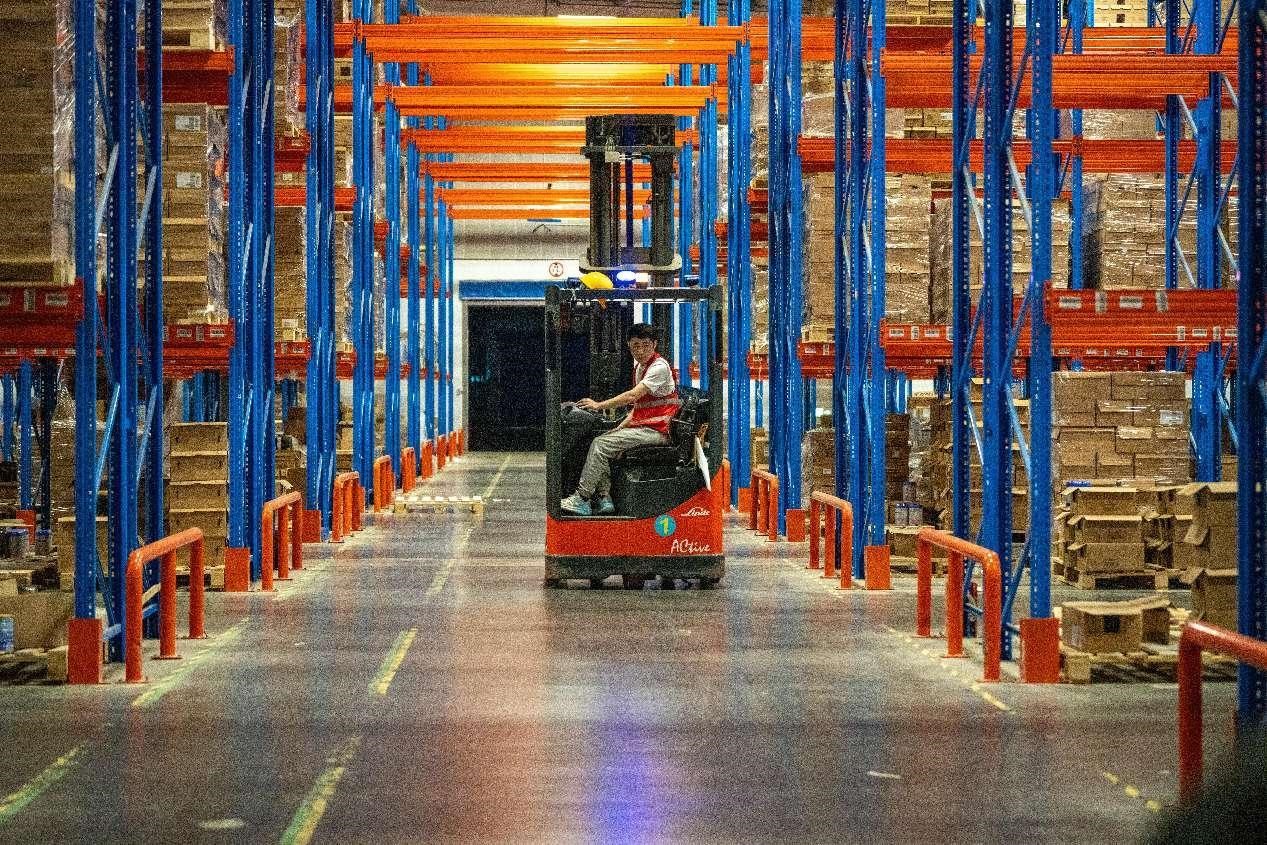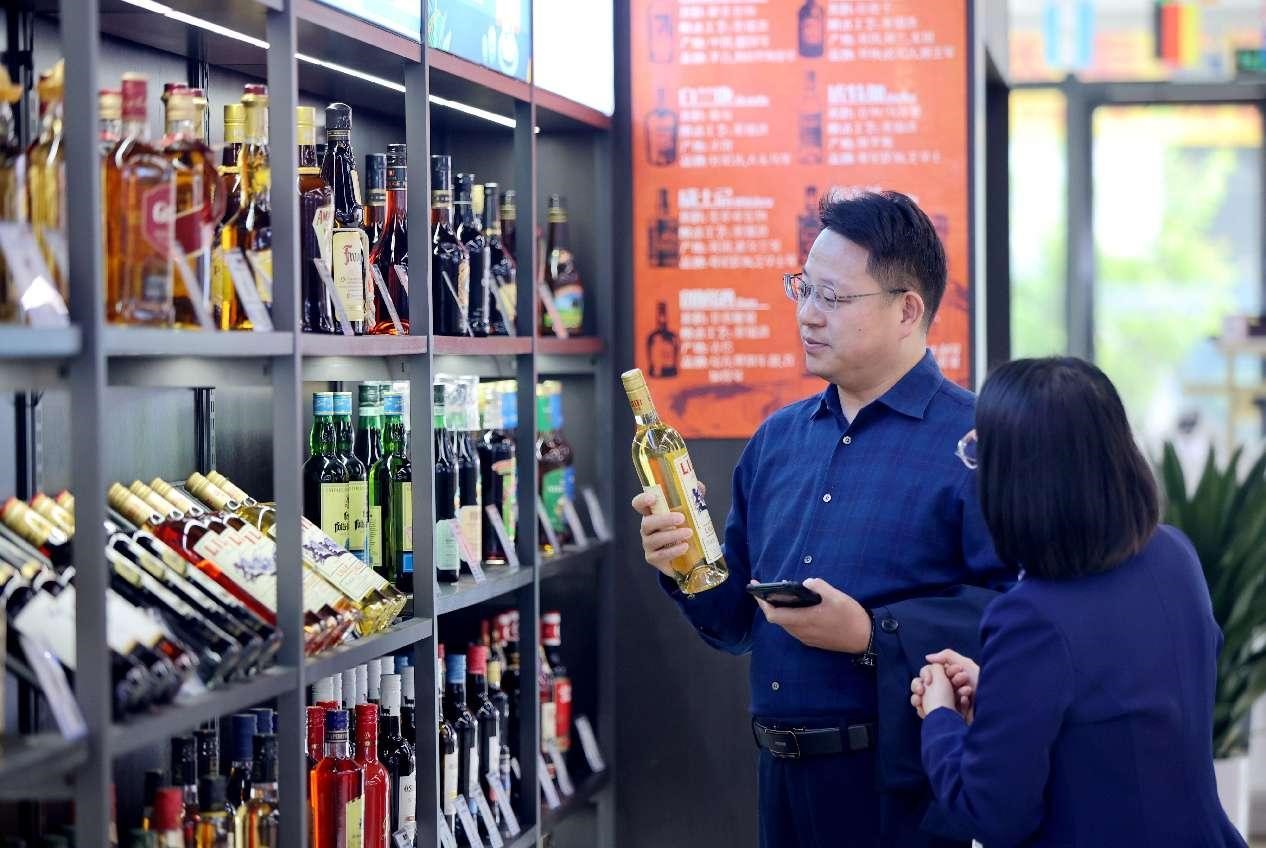Shopping
Imported commodities see surging sales during China’s mid-year online shopping spree

The “618” online shopping festival, which occurs annually on June 18 in China, has not only garnered the interest of Chinese consumers but also attracted brands from all over the world. Many foreign enterprises joined this event to captivate Chinese consumers and expand their presence in the huge Chinese market.
During the first four hours of the shopping spree, over 10,000 brands saw their sales skyrocketing more than five times year on year on JD.com, a major Chinese e-commerce platform, with a notable presence of brands from overseas.
Imported products are sorted, packed and transported at a warehouse in the Jinyi Comprehensive Bonded Zone in Jinhua, east China’s Zhejiang province, ahead of the “618” shopping festival, June 13, 2024. (People’s Daily Online/Yang Meiqing)
During the same period, 1,479 foreign brands saw their transactions double from the previous year on Tmall Global, an e-commerce platform under Alibaba that addresses Chinese consumers’ growing demand for international products. “The platform welcomed 342 new brands during this year’s shopping festival, all of which demonstrated impressive performance,” said an employee of Tmall Global.
Many well-known foreign brands, including those specializing in cosmetics and health supplements, were actively engaging in the shopping festival. For instance, Mistine, a cosmetics brand in Thailand, stocked over 1.9 million products, with 1.2 million items newly imported to China. WHC, a Belgium-based health brand, prepared over 650,000 units of high-purity fish oil, with 10,000 units for its Tmall debut and 160,000 promotional gifts, all flown to bonded warehouses.
“China has introduced policies and measures to boost consumption this year, aiming to revitalize the consumer market and unleash consumption potential,” said Wei Jigang, deputy director-general of the Center for International Knowledge on Development.
“The ‘618’ shopping festival provides insights into how Chinese consumers’ shopping patterns are evolving, based on their shopping carts,” said Wei.
A prominent shift can be seen in the rising sales of imported products, such as cosmetics, health supplements, and sporting goods, indicating new trends and growth drivers in China’s consumer market, along with the country’s continuous expansion of imports, Wei explained.
Imported health and nutritional supplements were highly favored by Chinese consumers during this year’s shopping festival. According to an executive of Tmall Global, health and beauty brands remain a substantial part of the overseas brands that have entered the Chinese market. Nutritional and anti-aging products are currently the fastest-growing new segment in the health category of the platform. There was also notable growth in premium alcoholic beverages and imported luxury goods.
A “retro” trend swept across consumers. According to statistics from Tmall Global, the sales growth of imported digital cameras doubled within the initial 4 hours of the festival. The retro-styled Japanese brand Olympus, in particular, saw an eight-fold increase in transactions.
Besides, there was a remarkable increase of 518 percent in the sales of motorcycle equipment, particularly helmets, and a 248 percent growth in overall transactions of imported CDs and DVDs on the platform.

A man buys imported wine in Hefei Comprehensive Bonded Zone, east China’s Anhui province. (People’s Daily Online/Zhang Min)
The sports segment remained a highlight, with hiking, cycling, and water sports gear emerging as three new major trends in outdoor sports consumption.
According to Du Guochen, head of the e-commerce research institute of the Chinese Academy of International Trade and Economic Cooperation, a think tank under China’s Ministry of Commerce, cross-border e-commerce has experienced rapid growth in recent years. Online sales have continued to grow rapidly in markets like Southeast Asia, Latin America, Central and East Africa, India, and South Korea, said Du.
“Japan, South Korea, and the United States are the main sources of imports for China, from which China buys cosmetics, clothing, headwear and footwear. Southeast Asian countries remain the major destinations of Chinese exports, with a continuous improvement in the types of exported products and constant growth in high-tech product exports,” Du explained.
To accommodate the growing cross-border e-commerce demand, Chinese platform companies are dedicated to enhancing their transport capacity.
For instance, Cainiao, a world-leading cross-border e-commerce logistics company based in China, updates its parcel volume prediction every day through artificial intelligence (AI) technology. If parcel volumes surged across its core economic zones, the company would promptly launch direct logistics routes, said an executive of Cainiao.
According to statistics, during this year’s “618” shopping festival, the number of Cainiao’s sorting facilities in operation decreased from the usual levels, resulting in cost reductions and improved parcel flow.
Expanding imports is integral for boosting consumption. “From a global perspective, China’s increase in imports provides great opportunities for countries around the world to tap into the Chinese market and promote economic growth,” said Wei.
“From the Chinese perspective, the imports of high-quality products and services are essential for China’s high-quality economic development and for improving people’s life quality. Besides, expanding imports can better build China into a trade powerhouse. Moving forward, China will continue to improve its import structure and increase the proportion of imported consumer goods, especially high-end products,” said Wei.
(Web editor: Chang Sha, Liang Jun)










